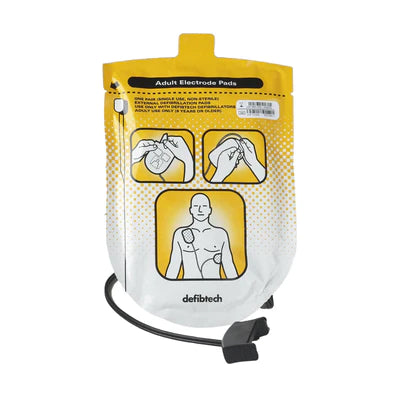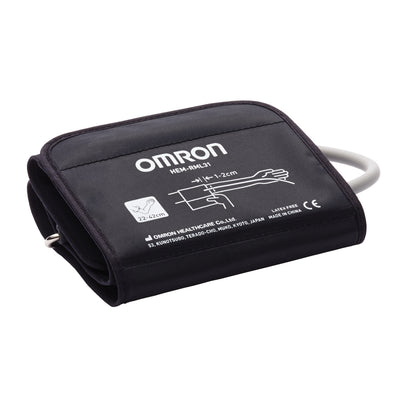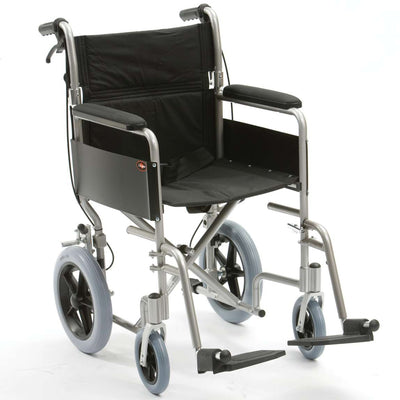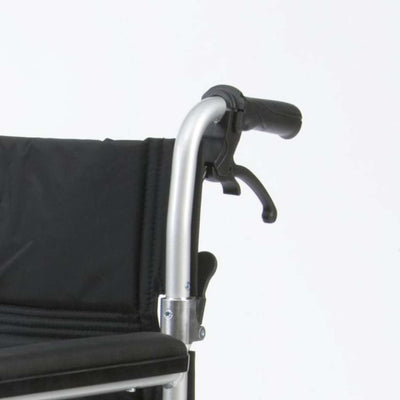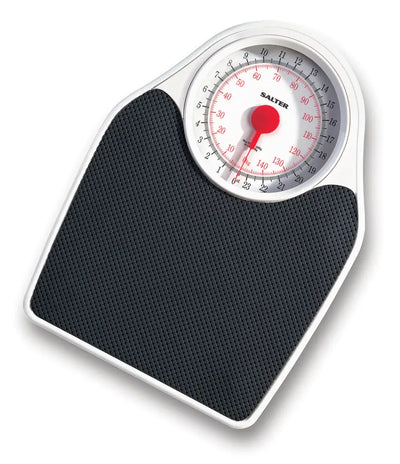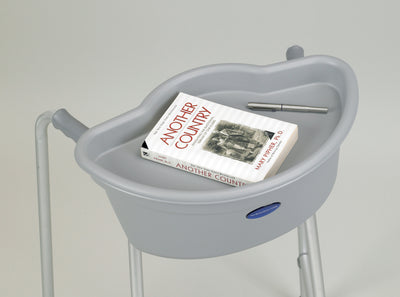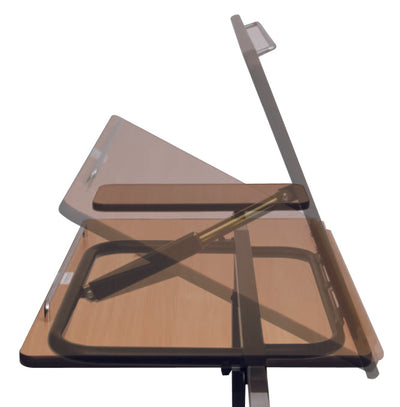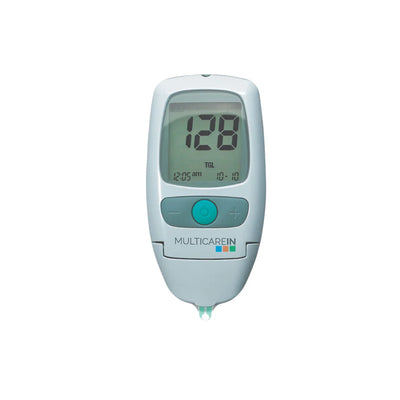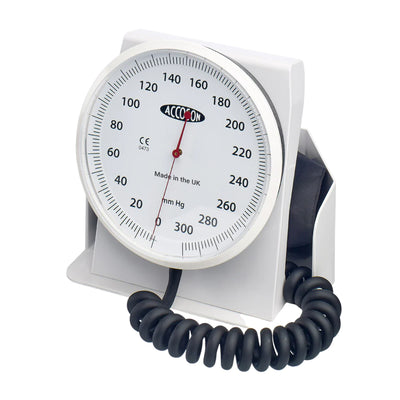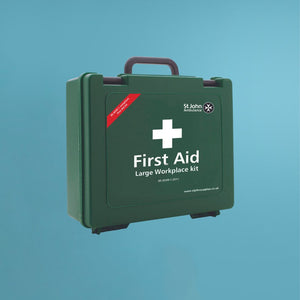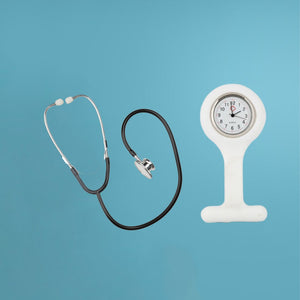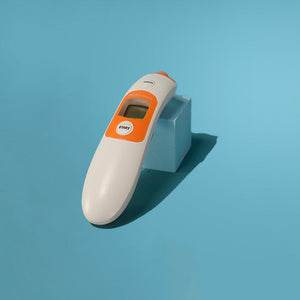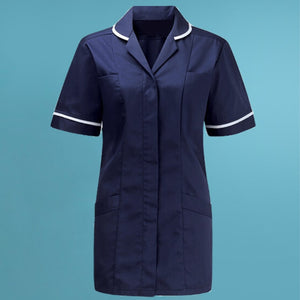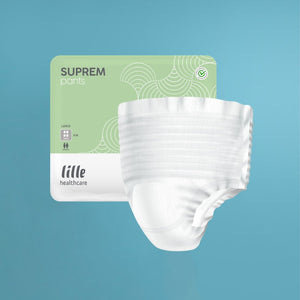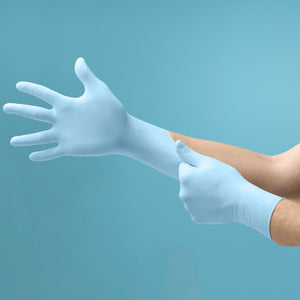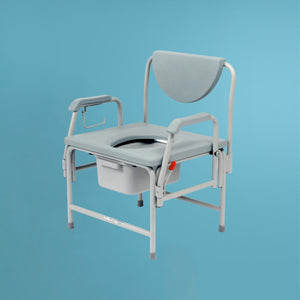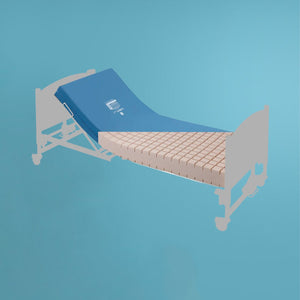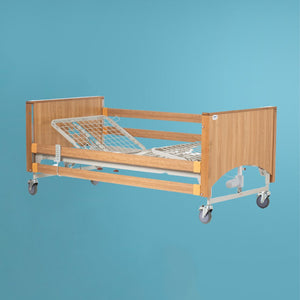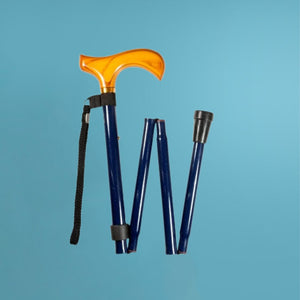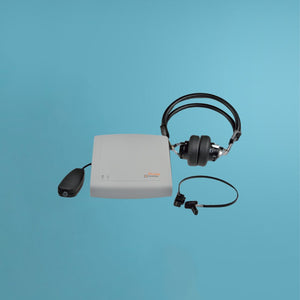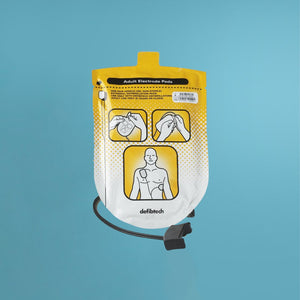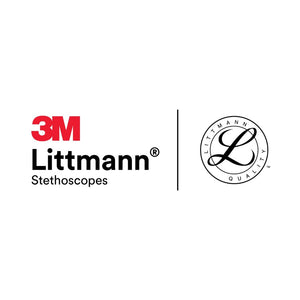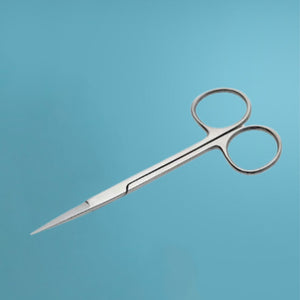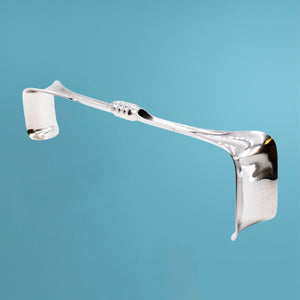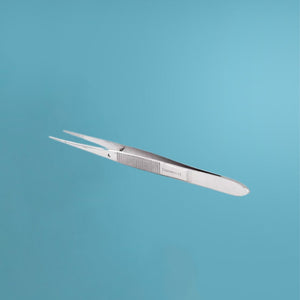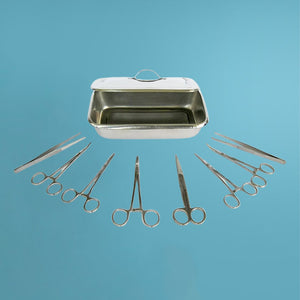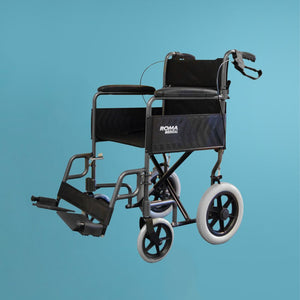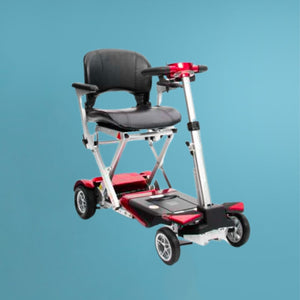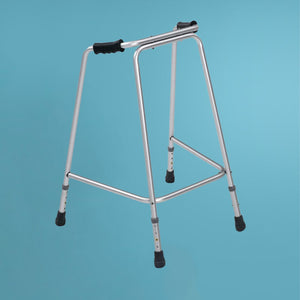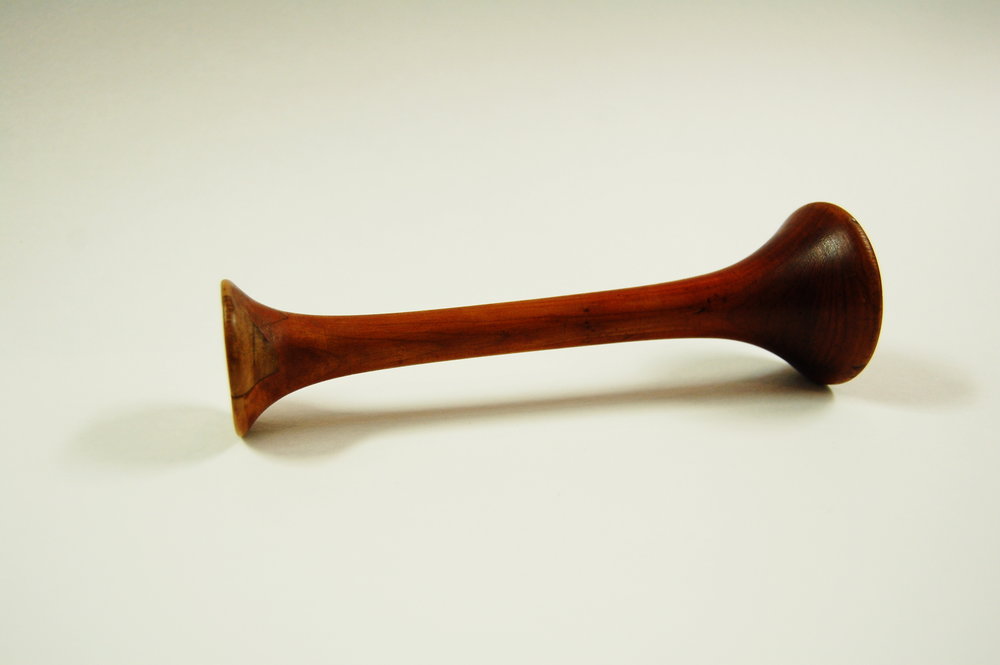The Stethoscopes Journey from Monaural to Electronic
The stethoscope, an indispensable medical tool for centuries, has come a long way since its invention by French physician René Laennec in the early 19th century. The journey of the stethoscope, from its humble beginnings as a monaural device to today's advanced electronic models, is an incredible story of innovation and progress in the medical field. In this article, we will explore the stethoscope's development and its impact on medical diagnostics throughout the years.
The First Stethoscope: Laennec’s Contribution
Laennec created the first stethoscope in 1816 marking the beginning of a new era in medical diagnostics. His wooden, monaural stethoscope, measuring approximately 12 inches long, featured a simple tube with a flared end to amplify internal body sounds. A basic design yet Laennec's stethoscope proved invaluable in improving the accuracy of medical examinations. This stethoscope was monaural, meaning it only had one earpiece. Very humble beginnings for such an iconic tool.
The Advent of the Binaural Stethoscope: Leared and Cammann
There has been debate about who first invented the binaural stethoscope, we will quickly go over both men have been involved in developing binaural stethoscopes.
In 1851, the Irish physician Dr. Arthur Leared invented the binaural stethoscope, a significant improvement over the monaural stethoscope. The binaural stethoscope uses two earpieces, which allows doctors to hear sounds more distinctly and reduces external noise. The device was made of brass and had flexible tubing made from Malaysian rubber that allowed it to be more easily flexible, a major upgrade from the earlier monaural design. With this design doctors were able to hear internal sounds more clearly while reducing ambient noise.
In the other corner, we have Dr. George P. Cammann, an American physician who also played a significant role in the evolution of the stethoscope. In 1852, he invented the stethoscope with earpieces, which was an improvement over the previous models that required the doctor to place the device directly against the patient's chest. Cammann's design included two earpieces connected to a flexible tube, which allowed doctors to listen to the sounds of the body more clearly and with greater comfort. His innovation laid the groundwork for the first commercially viable stethoscope.
As you can see, within a year of each other both doctors had been involved with innovations regarding the stethoscope. This led Arthur to write a letter to address this complication, you can read his thoughts on the matter
The addition of the bell & diaphragm
Before the introduction of the bell and diaphragm, the stethoscope could only amplify sounds, but couldn't differentiate between them. With the addition of these attachments, doctors could distinguish between high and low-pitched sounds, these groundbreaking additions enabled doctors to differentiate between high and low-pitched sounds, facilitating the identification of specific medical conditions.
The diaphragm, which is a flat, circular piece that sits against the skin, is used to listen to high-pitched sounds such as heart and lung sounds. It picks up vibrations from the body and transmits them through the stethoscope tubing to the doctor's ears. This attachment allowed doctors to detect subtle changes in heart and lung sounds, which is essential for diagnosing conditions like pneumonia, bronchitis, and asthma.
The bell, on the other hand, is a hollow cup-shaped attachment that is used to listen to low-pitched sounds like murmurs and bruits. This attachment is used by placing the bell against the skin and pressing it gently to create a seal.
The introduction of the bell and diaphragm to the stethoscope was an important innovation that allowed doctors to better diagnose and treat patients. These attachments are still used in modern stethoscopes
The Littmann Stethoscope: A Modern Icon
In 1960, Dr. David Littmann developed the modern design for a stethoscope, one that is internationally recognisable today. The lighter and easy-to-use model quickly became the medical standard. Littmann then sold the design to 3M and they continue to produce the line of stethoscopes that take after his name. Throughout the years, many different types of stethoscopes have come from this line. St
Electronic Stethoscopes: Embracing Technology
This was a significant improvement over the traditional stethoscope, which could be difficult to use in noisy environments The electronic stethoscope amplified sounds to make them more audible, allowing doctors to better diagnose and treat patients. This was particularly important for patients with heart or lung conditions, as subtle changes in sound could provide important diagnostic information.
Furthermore, the electronic stethoscope was able to record by the 2000s. This was an important development in the use of technology in medicine, as it provided a way for doctors to analyse patient sounds more closely and share the information with other medical professionals. This feature also allowed for longitudinal monitoring and tracking of patient conditions over time, which has been critical in the treatment of chronic conditions.
The electronic stethoscope has remained an essential tool in modern medicine, and its impact on the field cannot be overstated. The development of the electronic stethoscope paved the way for further advancements in medical technology, as it demonstrated the potential for technology to improve diagnostic accuracy and patient outcomes.
The Future of the Stethoscope
In recent years, there has been a push to develop new technologies that can replace stethoscopes. Some of these technologies include handheld ultrasound devices and smartphone apps that can detect heartbeats and lung sounds. The stethoscope remains an essential tool in modern medicine. As technology continues to evolve, we can expect further advancements in stethoscope capabilities, ensuring that this time-tested medical instrument remains a cornerstone of patient care for years to come.


